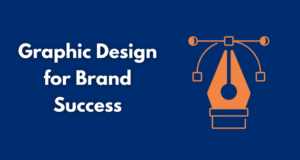Non-profits are made through online communications with the supporters. A site gives strength to their cause and solicits donations plus enlists volunteers. By 2025, the process of creating professional websites will become easier and cheaper through website builders. The availability of such platforms that include tools that are adapted to non-profits helps organizations to motivate action even when lacking technological knowledge.
According to Nonprofits Tech for Good, 65% of donors do their research on the internet before making their donations, so websites are essential. Constructors offer donation forms, event calendar, and optimization of mobile. This article explores the seven best website builders for non-profits in 2025, focusing on Elementor for non-profit organizations and Elementor managed hosting.
Table of Contents
ToggleWhat are Non-Profit Website Builders?
Website builders are user-friendly systems that enable non-profits to design professional websites without prior knowledge of codes. They include drag-and-drop editors, ready-made templates and non-profit specific integrations, including event calendars and donation forms. Elementor for non-profit organizations stands out with its 100+ widgets, enabling custom layouts for showcasing missions.
They have dynamic content tools, such as APIs to integrate with the payment gateways, such as Stripe, real-time donation trackers, and the like. They also provide SEO tools to enhance the visibility of the non-profits so that they can get to a wider range of people. Schema markup may be used by a builder, as an example, to improve search engine indexing and attract organic visitors to campaign pages.
Website builders are popular due to their affordability and accessibility, which is essential to non-profits that do not have many resources at hand. As per NTEN, 8 out of 10 non-profits do not have separate IT staff; hence easy to use platforms are important. Elementor managed hosting, built on Google Cloud Platform, ensures fast load times with NVMe storage and global CDNs. Developers offer receptive templates, which are essential because 65% of donors shop using mobile devices, according to Nonprofit Tech for Good.
The 7 Best Website Builders for Non-Profits:
1. Elementor for Non-Profit Organizations
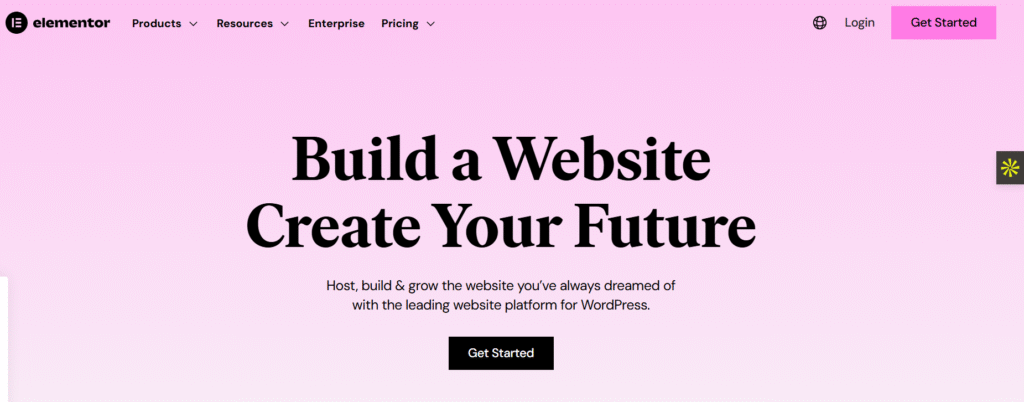
Elementor for non-profit organizations is a WordPress plugin with drag-and-drop editing. It has around 100+ widgets to be applied to donation forms and event calendars. It is easy to build responsive sites as non-profits. Elementor managed hosting ensures speed via Google Cloud Platform.
Its multi-step donation form builder is able to accommodate conditional logic. The popup builder included in Elementor promotes sign-ups via email. Without Elementor for non-profit organizations, sites lack customization. Engagement is negatively affected by slow hosting. For Example: A widget creates a dynamic donation form with progress bars.
Lack of Elementor for non-profit organizations means generic templates. This decreases donor confidence and conversion. Elementor managed hosting optimizes performance. It does not consume any time, as its AI tools propose layouts. For Example: A popup triggers on exit-intent, capturing donor emails.
2. Wix
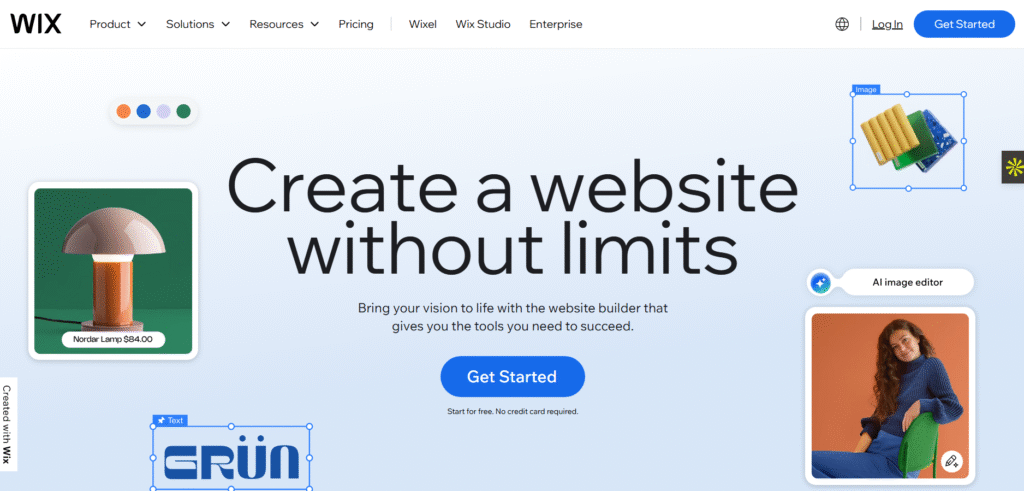
Wix offers 15+ free non-profit websites with donation buttons. It has an easy-to-customize layout using a drag-and-drop editor. It also incorporates PayPal to make payments safely. Elementor managed hosting isn’t needed; Wix hosts natively. The monthly price begins with 16$.
The event tools provided by Wix control fundraisers. It enhances visibility due to its SEO characteristics. Non-profits stand a difficult coding challenge without Wix. There is a lack of engagement on generic sites. For Example: A donation button links to PayPal, processing payments instantly.
In the absence of Wix, sites are not responsive. This irritates cell phone users. Inadequate integrations are barriers to fundraising. The analytics of Wix monitors the behavior of donors. For Example: A heatmap shows which donation buttons attract clicks.
3. Squarespace

Squarespace provides the non-profits with beautiful templates. Its editor recognizes a gallery of impact stories. Blocks of donation combine with Stripe. Elementor managed hosting isn’t required; Squarespace hosts sites. The starting price is $16/per month.
Mission updates are shared through squarespace blogging tools. Adaptation to mobile guarantees access. In its absence, websites become outdated, and they lose donors. SEO tools advance the placement. For Example: A donation block processes payments via Stripe API.
Without Squarespace, there are no dynamic sites. This minimises involvement. Poor growth is due to limited features. The traffic is tracked by Squarespace’s analytics. For Example: A gallery showcases project photos, inspiring donations.
4. Weebly
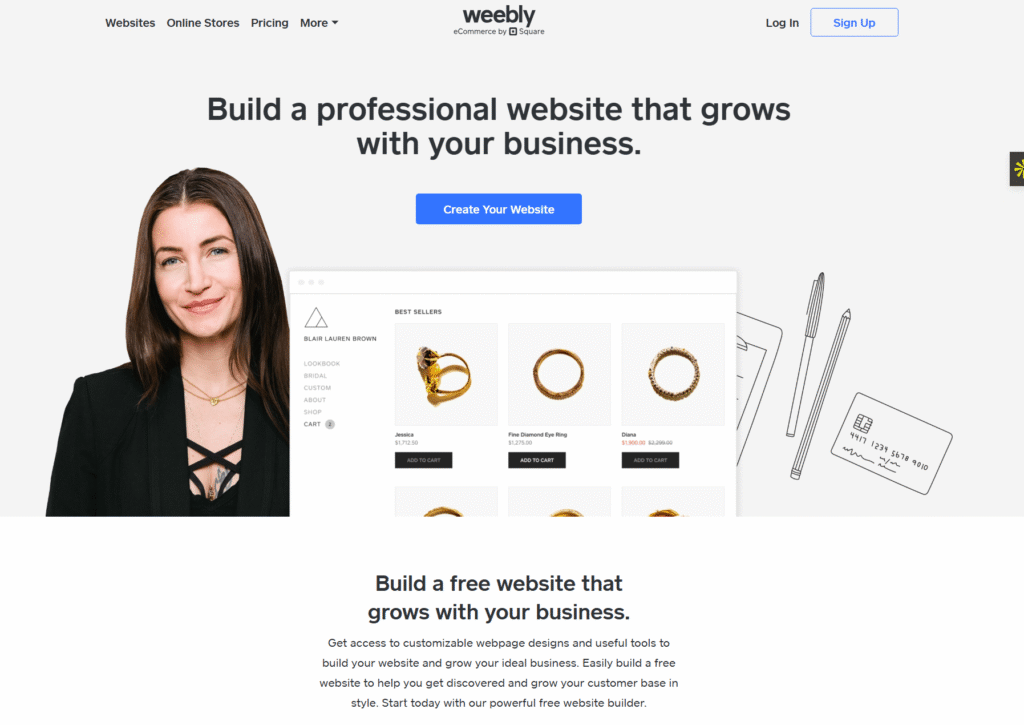
Weebly is a simple template provided by Square. It has a donation form and event pages on its editor. It has a Square connection. Elementor managed hosting isn’t needed; Weebly hosts natively. The minimum price is set at $10/month.
The mobile responsive designs used at Weebly are fit to small non-profits. Its SEO features enhance findability. In the absence of Weebly, websites need technical know-how. This postpones launches. For Example: A form processes donations via Square’s payment gateway.
Sites are not functional without Weebly. This irritates the users. Few integrations make it less efficient. Forms submissions are tracked by Weebly analytics. For Example: An event page allows RSVPs, streamlining attendance.
5. Hostinger
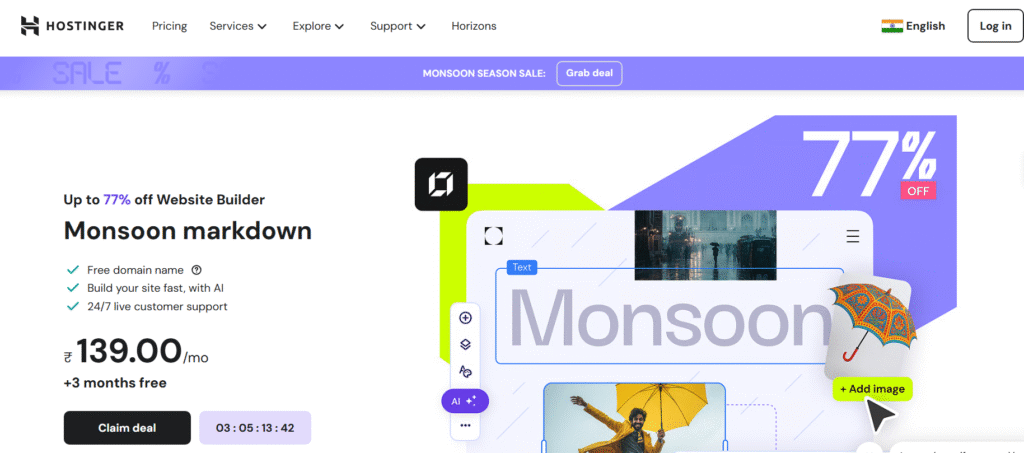
The AI builder by Hostinger makes the establishment of non-profit websites a breeze. The templates for a non-profit website accept galleries and donation buttons. SEO tools increase exposure. Elementor managed hosting pairs with Hostinger’s WordPress plans. Its pricing begins at $2.99/month.
Customization is made easy using Hostinger drag-and-drop editor. It has an uptime that guarantees its reliability. In its absence, non-profits encounter slow, unstable sites. This puts off donors. For Example: An AI-generated layout includes a donation form.
The absence of Hostinger is synonymous with underperformance. This decreases conversions. Scalability is limited by the features. The heatmaps utilized by Hostinger optimize layouts. For Example: A heatmap highlights high-click areas, improving donation placement.
6. Morweb
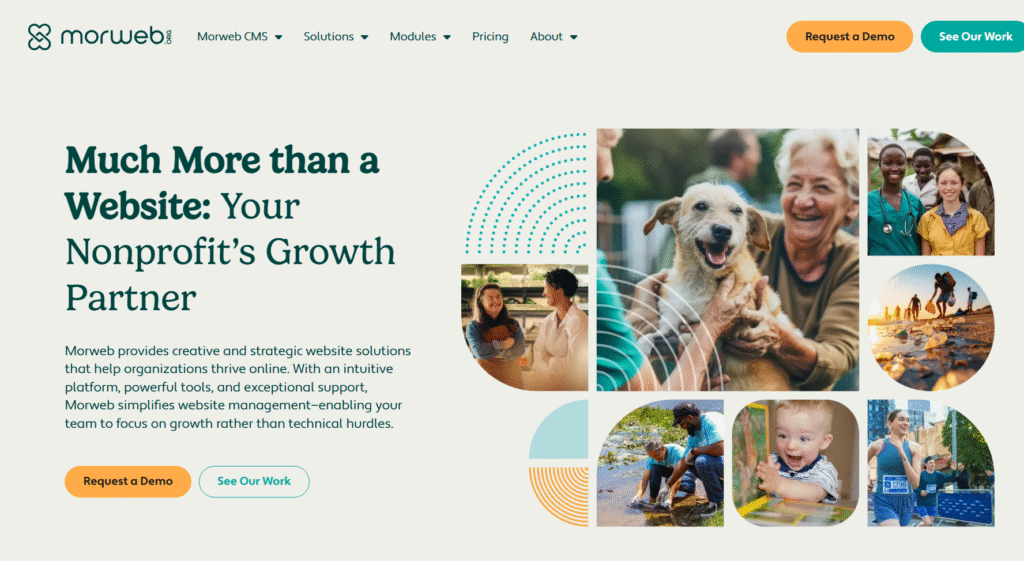
Morweb is the drag and drop editing CMS used by non-profit organizations. It presents fund raising campaign templates. Paypal is connected to donation forms. Elementor managed hosting isn’t required; Morweb hosts sites. The cost begins at 149 dollars per month.
The form builder of Morweb helps the registration of volunteers. Its search engine optimization applications enhance listings. Sites deprived of Morweb, are non-profit oriented. This dampens the effect. For Example: A form collects volunteer data with conditional logic.
In the absence of Morweb, sites lack customisation of features. This mutes interest. Generic platforms reduce capabilities. The analytics of Morweb monitors donations. For Example: A fundraising page displays real-time donation totals.
7. Wild Apricot
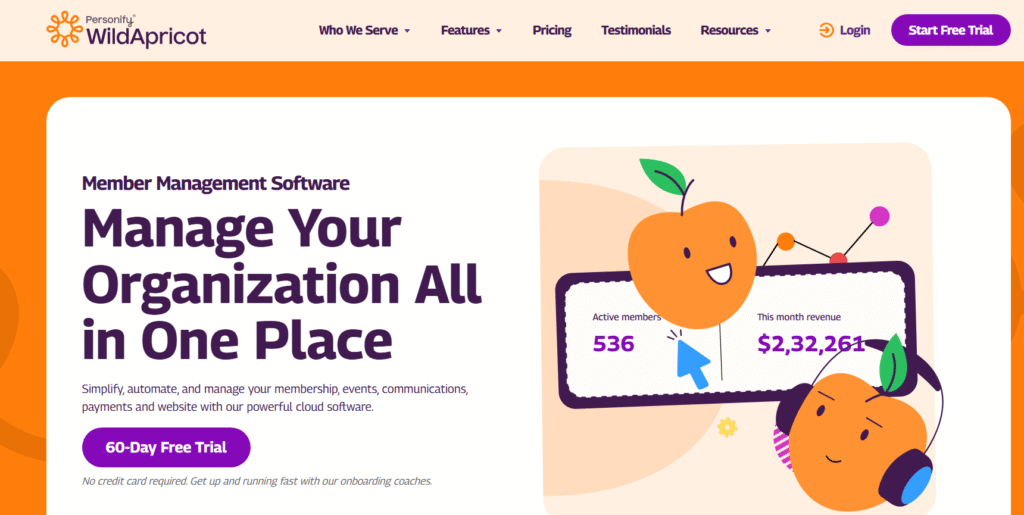
Wild Apricot is a tool that integrates websites and membership management. It facilitates donation events and forms through its templates. It also incorporates Stripe. Elementor managed hosting isn’t needed; Wild Apricot hosts natively. It starts at 60/month at pricing.
The CRM of Wild Apicot monitors interactions with donors. Mobile designs make them available. Without this, non-profits work with data manually. This is a waste of time. For Example: A CRM logs donor details from form submissions.
Sites are not integrated without Wild Apricot. This makes efficiency decline. Generic tools do not strike a chord. The analytics of Wild Apricot tracks campaigns. For Example: An event page tracks RSVPs, aiding planning.
Crucial Features of Non-Profit Website Builders:
1. Donation Integration
Fundraising is enhanced by donation forms, especially when used with free fundraising platforms. They endorse the safe recurring payments. Manual processing of funds is time-consuming without integration. For example: A form uses Stripe API to process recurring donations instantly.
2. Volunteer Management
There are tools that coordinate volunteers and schedules. They automate the communication through email triggers. Manual coordination is a time waster without them. For example: A signup form sends automated confirmation emails to volunteers.
3. Event Management
Fundraisers and activities can be promoted using event calendars. Registration online makes tracking of attendance easier. Without them, there are no events with visibility. For example: A calendar widget displays events with RSVP functionality.
4. Impact statistics and storytelling
There are specific pages presenting testimonials, success stories, and statistics that prove the success of the non-profit. They create credibility and prompt others to seek action. In their absence, the visitors find it difficult to observe the practical outcome of their contribution. For example: A “Success Stories” page features photos and quotes from beneficiaries, alongside statistics on lives impacted.
5. Explicit About Us & Mission Statement
Another important section of it written in a prominent manner which conveys the purpose, vision, values of the organization is essential. It creates trust and connection with the audience. In the absence of this, no one will appreciate what the non-profit is all about and what its identity is. For example: The “About Us” page includes a concise mission statement at the top, followed by a brief history and photos of the leadership team.
Conclusion
By 2025, website builders will enable non-profits to maximize missions. Elementor for non-profit organizations leads with its drag-and-drop editor and widgets. Elementor managed hosting ensures fast, secure sites. Sites such as Wix and Morweb have customized options, making the donation and interaction.
Non-profit-making organizations require websites that are responsive and readily optimized to search engines. According to Blackbaud, 80% donate online and builders play a crucial role. Choose a platform like Elementor for non-profit organizations to create impactful sites. Make the best of purchases that reflect aspirations to tap into outreach.


